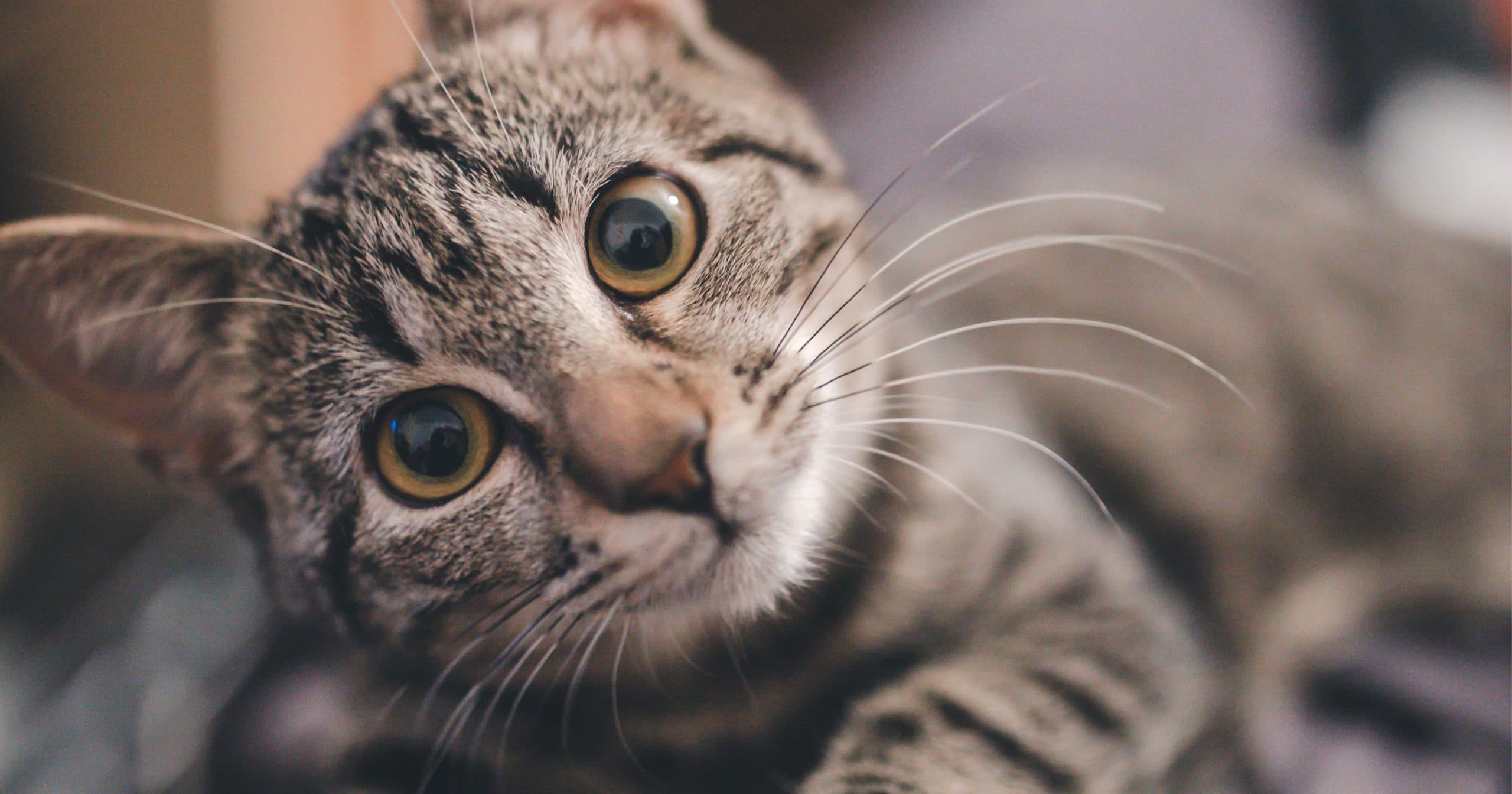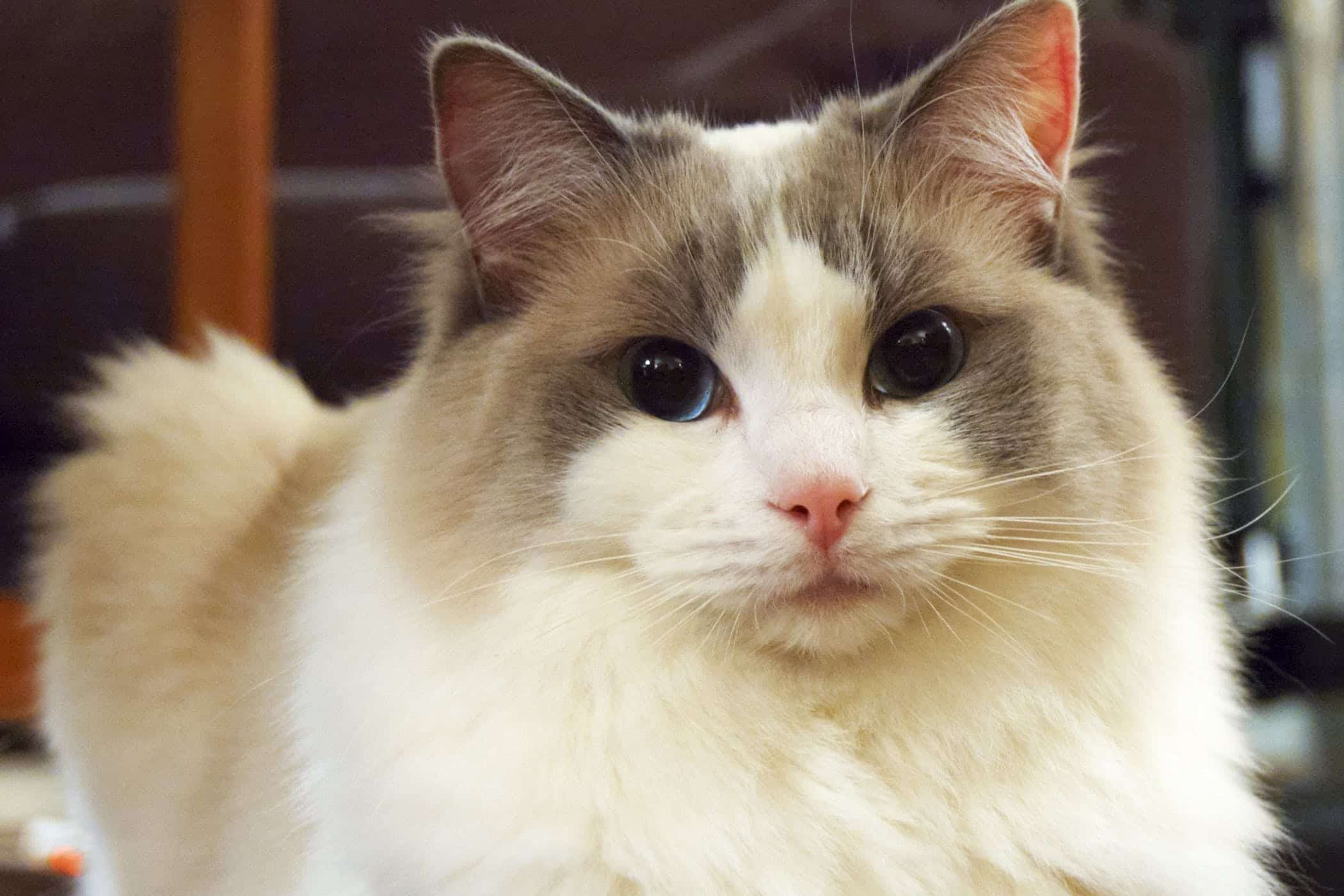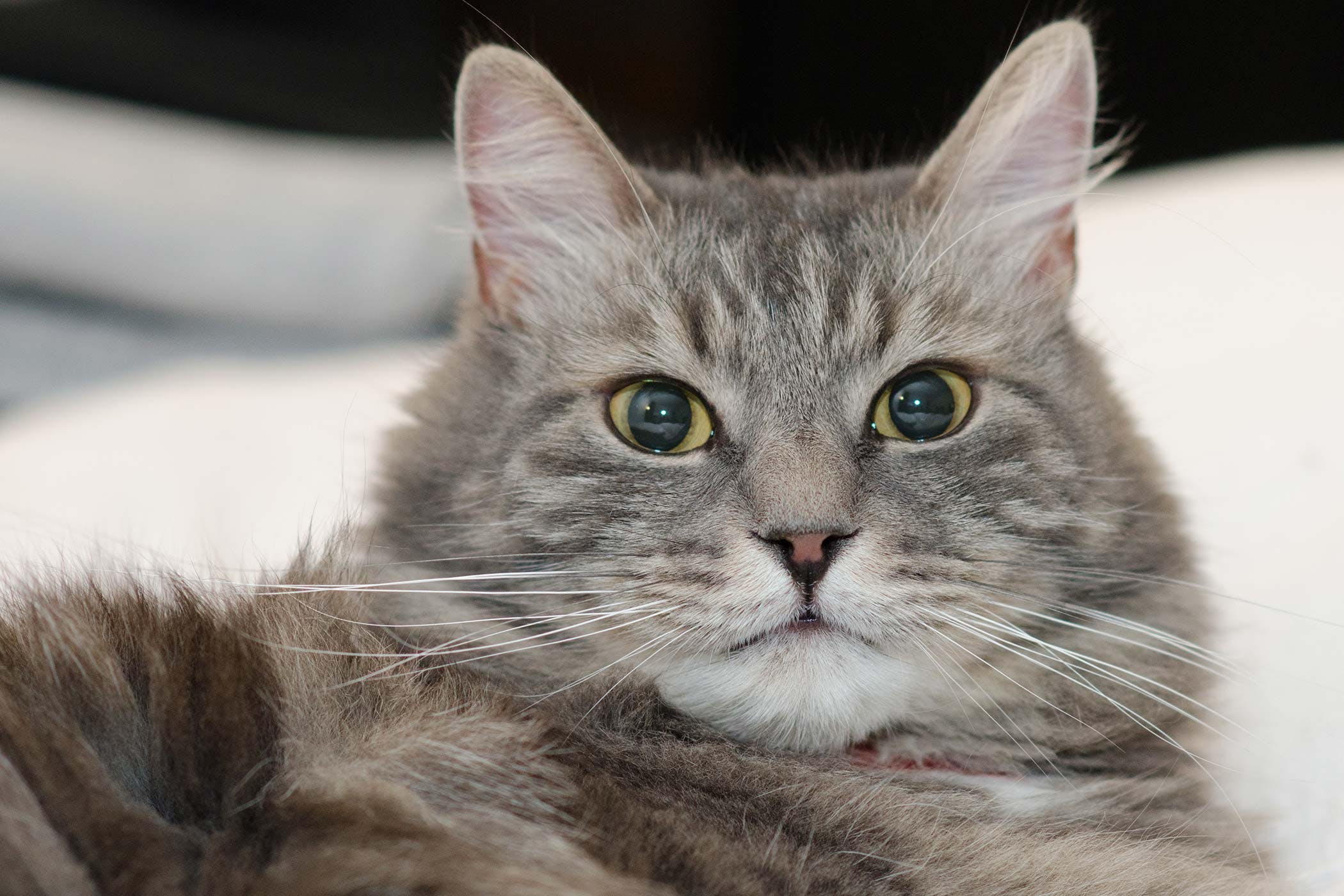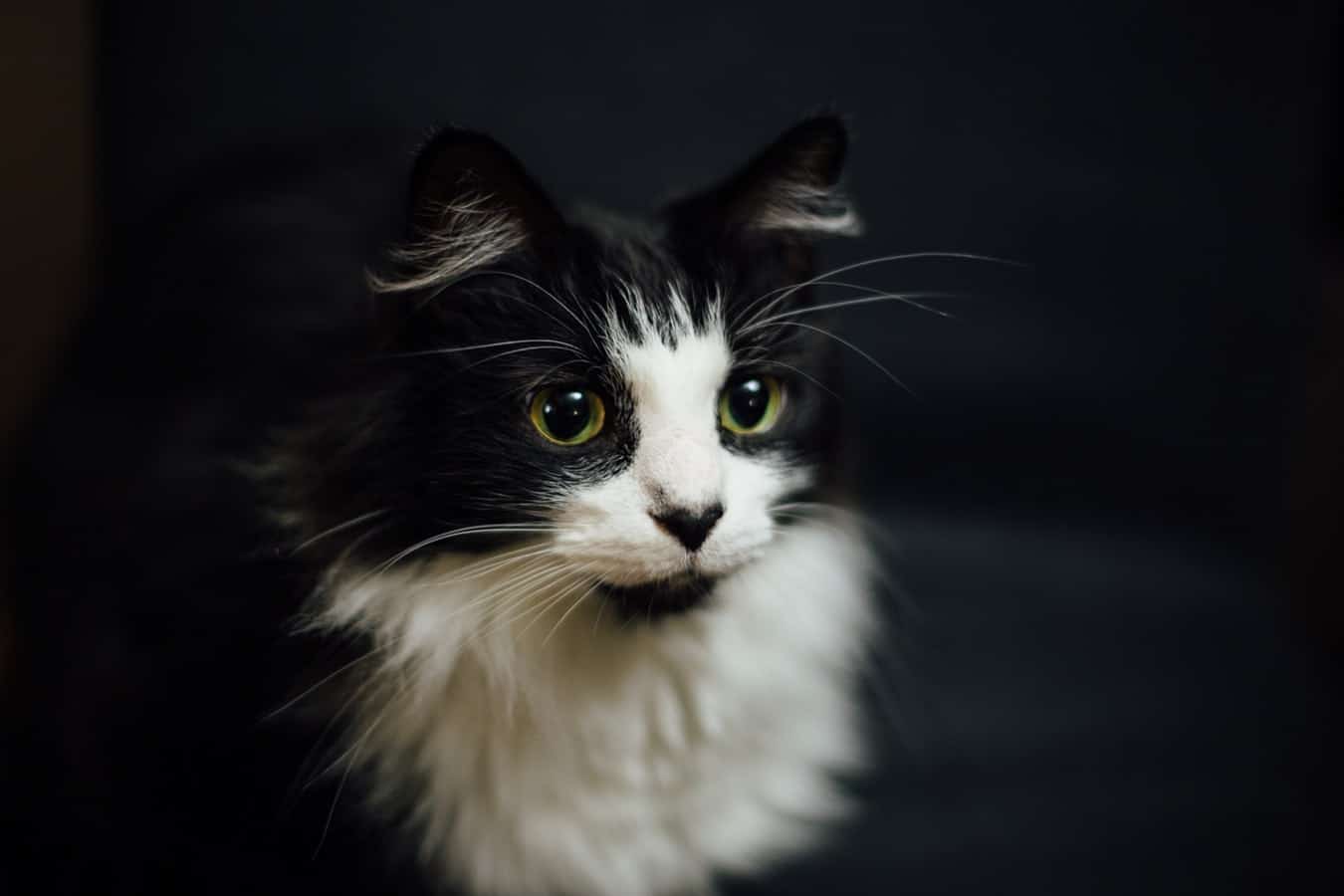
The cat's eyes are a very important part of its body; not in vain, with them they are able to see the world around them. But when he is sick it is important that we take care of him. So, if lately you are wondering why my cat has dilated pupils, next I will tell you what are the possible causes.
And if you have them like this for a long time, it is most likely that you require urgent veterinary treatment, so you don't have to let time pass.
Characteristics of the pupils of cats

The pupils of any animal can get smaller in bright conditions, something known as pupillary myiosis, or they may be dilated if there is little in order to capture as much light as possible, which is called mydriasis of the pupil. In the case of cats, we also have to talk about the tapetum lucidum, which is a fabric that is especially useful in low light conditions since it reflects it, no matter how little.
In addition, feline pupils have another peculiarity: and that is that in a normal state they are vertical, whether they are straight or elliptical.
What does the shape of the pupils of cats mean?
It will depend on how they are:
- Vertical straight: When there is excess light, the pupil is reduced as much as possible to avoid damage to the eye.
- Vertical elliptical: This is the normal position, when there is an adequate amount of light.
- round: occurs when there is very little light. The pupil is dilated to the maximum to capture as much light as possible.
Why does my cat have dilated pupils?
A cat can have dilated pupils for different reasons:
- Emotions: fear, aggressiveness, relaxation, satisfaction, excitement, stress and anxiety.
- Physical problems: FIV, kidney failure, glaucoma, uveitis, lumps, masses, tumors, brain damage affecting the eyes, poisoning, hypertension.
When to take him to the vet?
As we have seen, a cat can have dilated pupils for various reasons. But If apart from this we see that he presents other symptoms such as lumps, vomiting, loss of appetite, or others, it will be very important to take him to the vet to tell us exactly what is wrong with you and how to treat it.
Therefore, when in doubt, it is always better to consult a professional. The cat's health depends on it.
Cats' pupils also tell you about their emotions

We've heard it before: Cats are not small dogs. They differ in nutritional requirements, training techniques, and body language. People often find feline communication more difficult to interpret than dog communication because it can be so subtle that non-verbal communication signals are completely missed or misinterpreted. Not understanding a cat can lead to confusion about what you really need.
Learning to interpret discreet feline body language allows us to avoid calamity and strengthen our bond. Cats have a refined way of communicating with each other and humans primarily using their body, tail, and facial features. Each blink, twitch, and movement communicates a meaning ranging from "I'm fine" to "I'm sick." Among the most expressive parts of the feline body are the orbs of vision. Let's decipher the emotions hidden in the windows of the soul, the eyes.
Mesmerizing eyes
Whether they are blue, green or gold, round, oval or almond shaped, your cat's eyes communicate emotions through physiological changes in pupil size and eyelid position. A cat's pupils can shrink down to the narrowest slits or widen into black pools. Eyelids can be fully open, partially closed, or straight.
The causes of these changes can be emotional arousal, such as fear, aggression, pleasure or emotion, or environmental, such as a change in ambient light levels. His pupils will tell you much more than you imagine as we have told you so far. In addition to the pupils, the eyes are also important to take them into account.
Eyes wide open
Alert, wide-open eyes indicate confidence. In friendly greetings, the cats are in normal dilation. The eyelids may be squinted, the eyebrows are soft, and the cat may offer rubs on the cheeks. Accept this as a sign of love and trust..
Stare
When a cat begins to show interest, the eyes look more directly with a unblinking gaze at the object, person, or animal of interest, and the pupils dilate slightly. The general message is "I know you are there and I don't want to fight."
But the unblinking gaze is also a communication megaphone for aggressive cats who want to be adversaries. This is an important control message in multi-cat households with limited resources such as food, water, litter box, toys, and territory. People often lose the signal due to subtlety.
Direct look

A direct look at feline language is threatening and confrontational. The pupils of an offensively aggressive cat may be cracked or dilated. Pointed lids protect eyes from potential injury. In defensive aggression, the pupils dilate and the eyebrows knit. Avoid interacting with this cat. If you are unfamiliar with a particular cat, avoid the risk of injury by not making direct eye contact.
Pain
Cats wear a poker face when it comes to pain, but the eyes can be the indicator of pain in the body or in the eyes themselves. When a cat experiences pain in the body, the pupils dilate. A cat experiencing eye pain may have dilated or constricted pupils, depending on the underlying injury or disease. Squinting also indicates pain in the body or eyes. Bloodshot eyes can also indicate pain.
Slow blinking of the eyes
Slow blinks express love and trust. The eyes, with the lids partially closed, have a dreamy appearance, as if the cats were in a state of drowsiness. If you're the lucky recipient of a slow blink, return the show of affection with a reciprocal slow blink to share the love.
Feline body language is often subtle, confusing, and sometimes contradictory. Since our cats cannot verbally express their feelings to us, we must know their body language, consider the surrounding context and recognize the peculiarities of each individual.